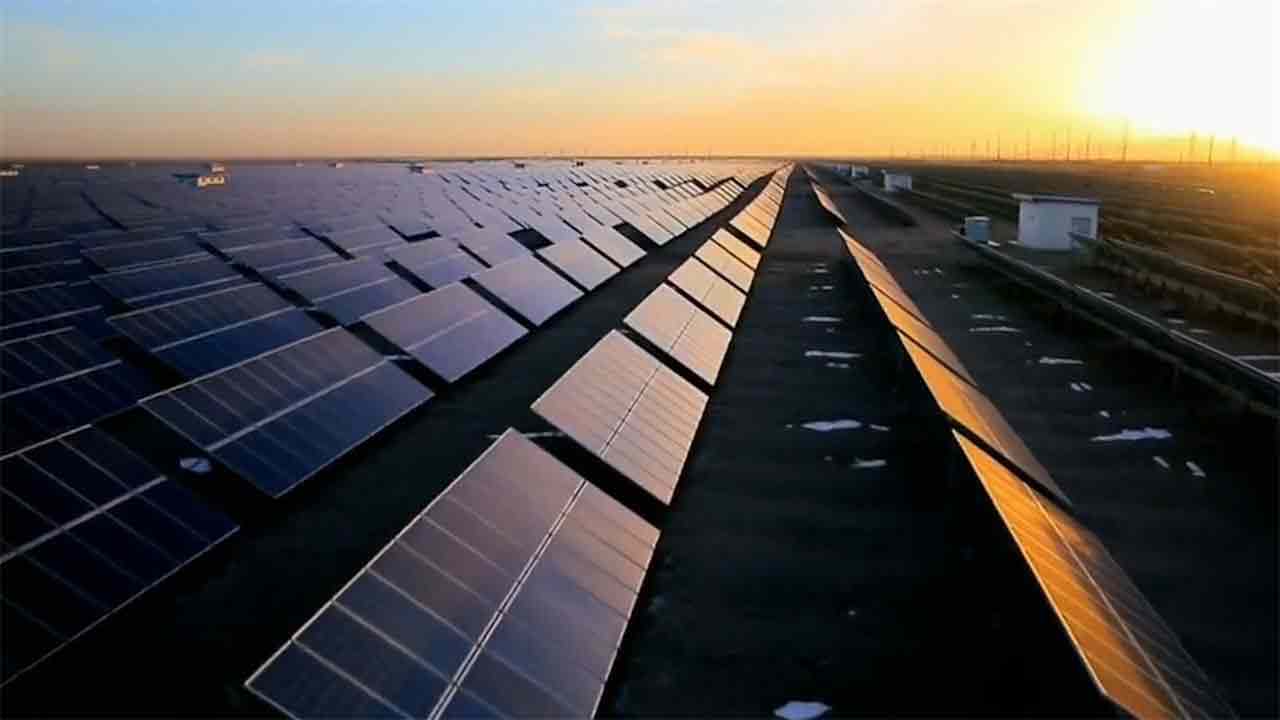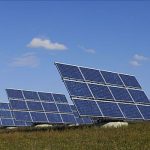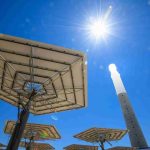
How To Build A Solar Power Station Ⅰ
1. The choice of solar power station construction
Parameters such as total sunshine hours, sunshine percentage, annual total radiation, annual average temperature, and annual frost days are important bases for the location of photovoltaic power plants.
At present, according to the total amount of solar energy resources in each region, China will be divided into I, II and III divisions, and implement different benchmark electricity price subsidy policies. The total amount of solar energy resources in Class I areas is relatively high, and the electricity price subsidy is relatively low; The total amount of solar energy resources in Category III areas is relatively low, and the electricity price subsidy is relatively high. Class I electricity price area is mainly concentrated in the northwest region, with an annual total radiation of 1500~2000 (kwh/㎡); The central wide area is a class II electricity price area, with an annual total radiation of 1000~2050 (kwh/㎡); Class III electricity price area is mainly in the southeast coastal area, with an annual total radiation of 1000~1600 (kwh/㎡).
Before the site selection of a new photovoltaic power station, the available area of the area should be evaluated and the overall construction scale should be formulated. In general, it is required to have a large enough available area to reach a certain total installed capacity. The general layout of photovoltaic power station should be according to the requirements of flood prevention, earthquake prevention, landslide prevention, fire protection, operation maintenance, etc., according to the scale of the proposed total installed capacity of the power station to make overall arrangements and reasonable arrangements, so as to achieve safe operation without risk, fire protection without accidents, more prominent economic benefits, and more convenient maintenance and maintenance. The general layout of photovoltaic power plants should be combined with terrain and landforms to avoid large-scale replanning. The production management area and living area of the power station are separated and isolated, so that it can not only produce safely but also be suitable for the life of personnel.
2. Design of solar array
(1) Selection of solar modules
It mainly considers the manufacturer’s production scale, industry performance, manufacturing level, technology maturity, operational reliability, and future technology development trends. Consulting the data of module attenuation rate, loss and annual power generation of power stations that have been put into production can be used as a basis for intuitive analysis and judgment. Single photovoltaic modules of the same area should be selected with large peak power to reduce floor space, reduce line loss and module installation, and the amount of integrated line usage and construction. At present, domestic power stations mainly use polysilicon high-efficiency components. The entire power station should try to choose components of the same manufacturer, the same specification, and the same batch, so that the efficiency consistency is relatively good, and the module decay rate rate rate is basically stable. Anti-PID components must be selected in high temperature and high humidity areas.
(2) Arrangement of solar modules
To determine the optimal tilt angle by calculation, the solar module arrangement order must consider money, rear shadow occlusion problems, as well as the distance of the solar module array from the building, the shadow occlusion at the maximum angle position, and the influence of terrain factors. The general rule of determination is that the array of components should not be obscured during the period from 9:00 a.m. to 15:00 p.m. on the day of the winter solstice. During the arrangement, there should be a certain gap between the components as a ventilation channel.
According to the characteristics and theoretical calculation of the module itself, the horizontal arrangement of the module can increase the power generation by about 2%~5% compared with the vertical arrangement, and the horizontal arrangement is generally arranged 4 pieces from top to bottom, and the vertical arrangement is generally arranged 2 pieces from top to bottom. However, the horizontal arrangement is 20 tons of steel materials and later installation works per trillion more than the vertical arrangement bracket; Horizontal arrangement will increase the floor space by 20% compared to vertical arrangement; The horizontal arrangement is slightly more difficult to install.
(3) The string method of solar modules
According to the level of the open circuit voltage of the photovoltaic module and the level of the input voltage on the DC side of the inverter, combined with the local solar radiation conditions, it is generally composed of 18 or 20 pieces of string into a basic power generation unit. The main ways of stringing in vertical arrangement are: (I) one string in order for the upper and lower layers; (II) THE UPPER HALF AND THE LOWER HALF FORM A STRING SEQUENTIALLY AND THE OTHER HALF FORM ANOTHER STRING SEQUENTIALLY; (III) The upper and lower layers are arranged in a series of groups according to the way of jumping, that is, 1, 3, 5~19, 20, 18~6, 4, 2. Three arrangement photovoltaic cable consumption (I), (II), (III), relatively speaking, (III) arrangement method is scientific, reduce DC loss, can increase power generation.
Centralized large and medium-sized photovoltaic power stations are recommended to adopt vertical (III) arrangement mode; Distributed small photovoltaic power plants such as agricultural greenhouses, rooftop photovoltaics, etc. can be arranged horizontally when there are just available resources.
To be continued…





